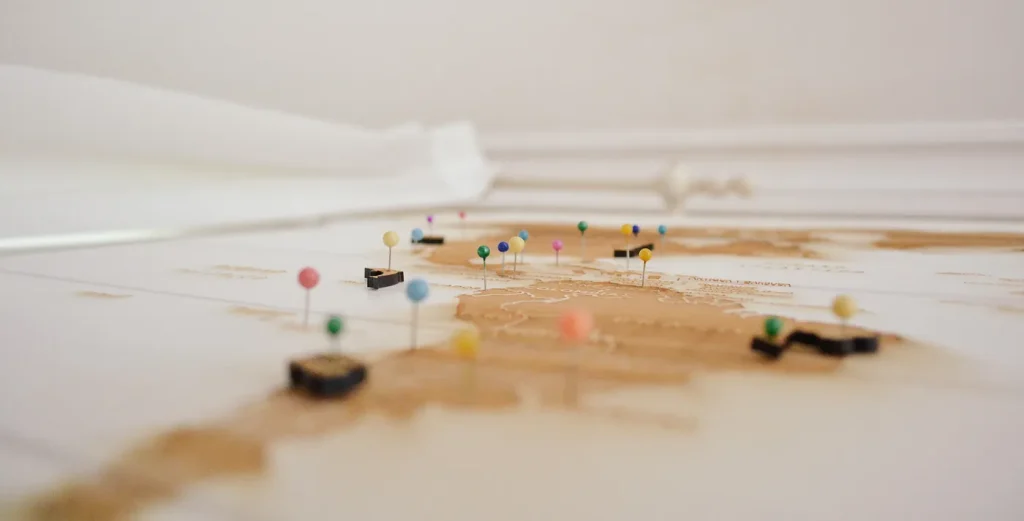- 0
- 0
SLAM! SLAM! Read to build Autonomous Product!
Before getting into types we need to know, what is SLAM.

🔺 SLAM stands for Simultaneous Localization and Mapping. It is a technique that allows robots and other autonomous systems to build a map of their environment while they are moving around in it. SLAM algorithms use a variety of sensors, such as cameras, laser scanners, and inertial measurement units, to track the robot’s position and orientation, and to build a map of the environment.
🔺 SLAM is a challenging problem because it involves two tasks that are typically done separately: localization and mapping. Localization is the task of determining the robot’s position and orientation in the world. Mapping is the task of building a map of the environment. SLAM algorithms must do both of these tasks simultaneously, which is why they are called “simultaneous” localization and mapping.
Types of SLAM Algorithms 🗺️
SLAM algorithms can be broadly classified into two types:
⭕ Sparse methods match feature points of images.
⭕ Dense methods use the overall brightness of images.
🔺 Sparse methods are more efficient, but they can be less accurate in cluttered environments. Dense methods are more accurate, but they can be more computationally expensive.
🔺 SLAM algorithms are a powerful tool for autonomous systems. They allow robots and other vehicles to navigate their environment and build maps of it in real-time. This is essential for applications such as self-driving cars, drones, and augmented reality.
Here are some examples of SLAM algorithms:
⭕ PTAM (Parallel Tracking and Mapping) is a sparse SLAM algorithm that is used in robotics and augmented reality.
⭕ ORB-SLAM (Oriented FAST and Rotated BRIEF SLAM) is another sparse SLAM algorithm that is popular for its accuracy and simplicity.
⭕ DTAM (Dense Tracking and Mapping) is a dense SLAM algorithm that is used in autonomous vehicles.
⭕ LSD-SLAM (Large-Scale Direct SLAM) is another dense SLAM algorithm that is known for its accuracy in outdoor environments.
I hope this helps! Let me know if you have any other questions.
Leave a Reply